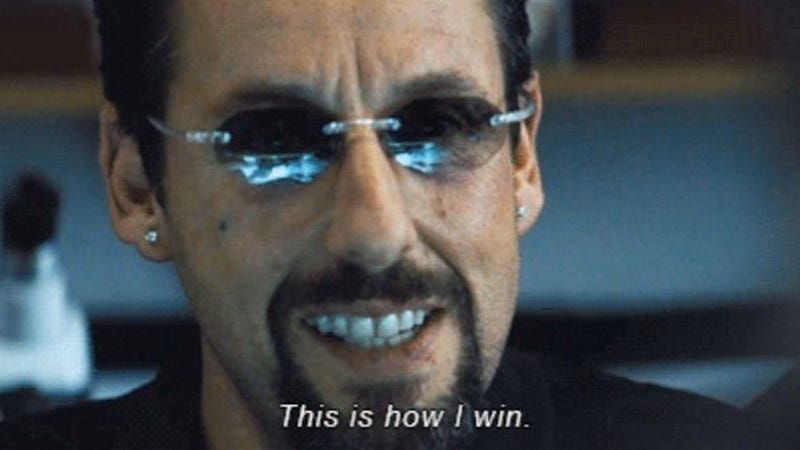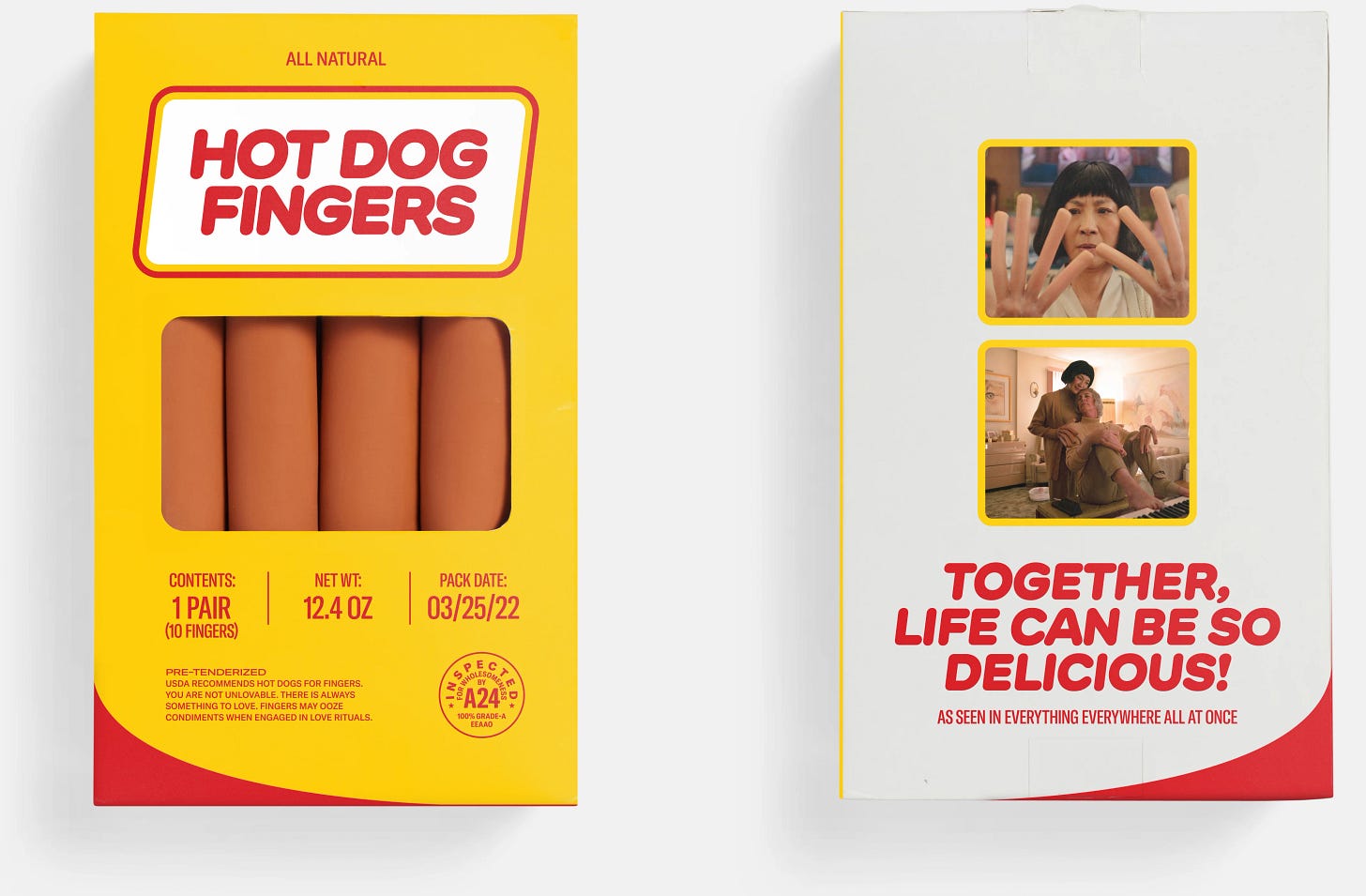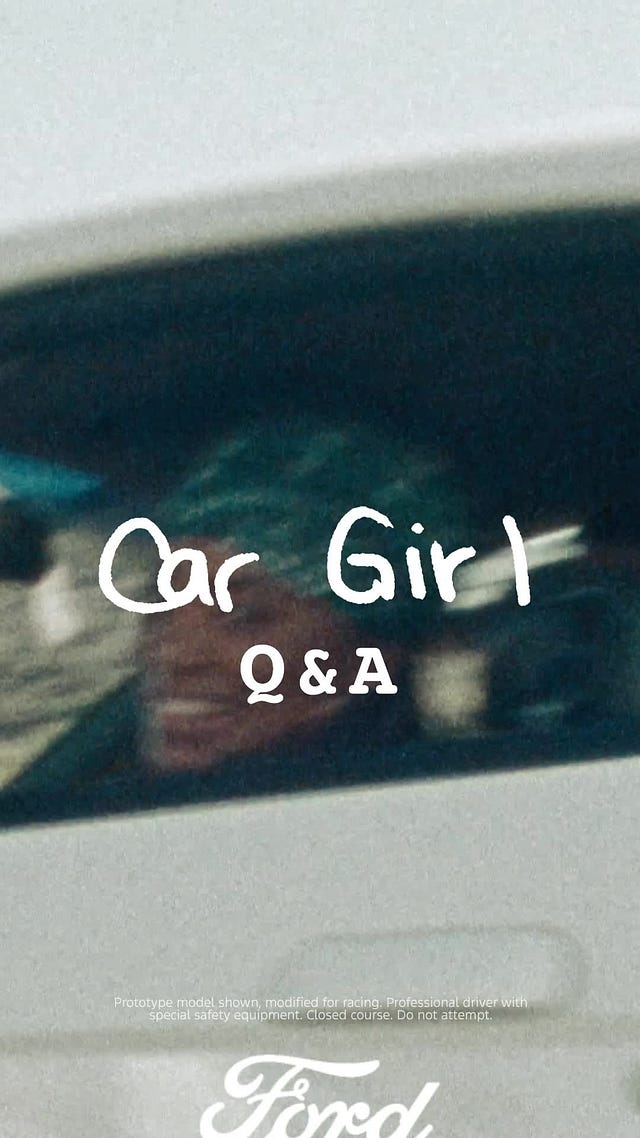I never sat at the cool table in high school. I was the kid getting milk thrown at him by the cool table.
And in the world of legacy studios, A24 is the cool table.
Which is insane when you consider that releasing movies today isn’t just about competing with other movies—it’s about competing with everything. TikTok. Video games. Infinite scrolling.
And yet, somehow, A24 cracked the code.
This year, while teaching my Columbia University film class on media disruption, I tried to get someone from A24 to come in and speak.
I was told, “We don’t really do that.”
Another carton of milk to the face.
So instead, Mitch from our Open Gardens team dissected their playbook.
What we found was an array of ideas and concepts that legacy studios should be paying attention to…
A24: Less Studio, More Cult-Favorite Creator
A24 might look like a traditional studio, but it acts like a creator.
It doesn’t market like Hollywood, doesn’t operate like Hollywood, and—crucially—doesn’t think like Hollywood.
They’ve rewritten the rules by:
Speaking with a singular voice—not corporate, not generic, but unmistakably them.
Curating an audience, not chasing one—they don’t sell; they invite.
Building community through content—just like the best digital creators.
Legacy media? Still clinging to big budgets, broad demographics, and safe bets. But A24 is proof that specificity scales.
Own your lane, and your audience will find you.
The A24 Playbook
1. Make It Weird or Be Forgotten
A24 doesn’t just pick scripts; they pick filmmakers. The ones who walk in and make you wonder what planet they’re from. The kind who don’t just make movies, but wield them—like a Molotov cocktail thrown at convention.
Their films don’t just entertain; they unsettle, provoke, and stick.
Everything Everywhere All at Once took the multiverse concept and made it an existential crisis. Hereditary didn’t just scare people; it haunted them. They know their audience. They know their community.
2. Stop Yelling—Marketing Should Feel Like a Secret, Not a Megaphone
A24 doesn’t sell their movies.
They whisper something intriguing, forcing you to lean in. Whether it’s Midsommar maypole dances or cryptic Euphoria teasers, their campaigns are handmade, hyper-specific, and never desperate.
Their social feeds feel more like a curated mood board than a marketing channel. And that’s why they don’t need to beg their audience to spread the word—the audience wants to.
3. Merch That Feels Like an Exclusive Club, Not an Afterthought
Most studio merch is an afterthought. A24’s is a statement. They don’t just slap a logo on a hoodie; they make artifacts.
The Uncut Gems KG Championship Ring. The Hereditary doormat. These aren’t products; they’re cultural relics.
The magic? Their audience becomes walking billboards. Wearing A24 merch signals that you get it.
It’s a flex—not because of status, but because of taste.
4. Authenticity Isn’t a Buzzword—It’s a Strategy
A24 doesn’t market to demographics; they market to mindsets.
A 50-year-old guy and a 14-year-old teenage girl might both be obsessed with A24—not because of who they are, but because of what they love. That’s the social media shift: people organize around interests, not traditional categories.
A24 understands this better than anyone. They don’t dilute their voice to capture a wider audience.
They lean in—and the audience follows.
How Legacy Studios Can Think Like A24 (Without Copying Them)
Legacy studios have always thought in terms of IP: sequels, reboots, remakes.
But creators don’t build brands that way.
They build ecosystems—nurturing niche fandoms, experimenting with content, and growing audiences across platforms before scaling up to bigger opportunities.
Here are some ideas we’ve cooked up based on existing IP at legacy studios.
Universal: The Fast & Furious Stunt Universe (Without More Sequels)
Instead of squeezing out more Fast & Furious movies, Universal could lean into the stunt-driving creator space—bringing in YouTube and TikTok stunt drivers to create high-octane content for an audience that already loves the franchise.
They launch Impossible Driving Stunts, a digital hub showcasing physics-defying tricks, breakdowns of legendary action sequences, and AI-enhanced driving challenges. Then, they expand into live stadium stunt shows, streamed online with brand sponsorships.
 Tiktok failed to load.
Tiktok failed to load.Enable 3rd party cookies or use another browser
The next step? A reality competition show for stunt drivers, or even a Blumhouse horror movie about possessed cars (Christine, anyone?).
Universal isn’t making more Fast & Furious movies.
They’re building a stunt-driving brand.
Warner Bros.: The Combat Sports Creator Movement
Instead of milking Mortal Kombat, Warner Bros. could claim the underground fight culture thriving online—street MMA, tricking, historical combat, parkour.
They build Warrior Lab, a TikTok and YouTube hub for high-impact fight choreography, mini-docs breaking down the physics of legendary movie fights, and a global combat reality show—where MMA, Kung Fu, Capoeira, and tricking fighters face off in challenges.
This isn’t about a new Mortal Kombat movie. It’s about making Warner Bros. the home of cinematic combat culture.
Disney: The Cottagecore & Mythology Wave
Instead of over-relying on Frozen and Moana, Disney could tap into the rising obsession with folklore, mythology, and cottagecore aesthetics.
They launch Myths & Lore, a YouTube channel blending stunning animation with real-world folklore. Then, they introduce an AR-powered myth exploration game and a Disney+ boutique animation lab where artists reinterpret classic legends with modern aesthetics.
This isn’t about making more fairy tale movies.
It’s about Disney owning modern myth-making.
Netflix: Turn Super Fans into Power Users
Netflix already understands niche fandoms—but what if they activated them?
They find a creator obsessed with Netflix’s romance films (Bridgerton, To All the Boys I’ve Loved Before) and bring them into the ecosystem. They get access to Netflix’s library—pulling clips, remixing moments, and keeping the fandom engaged. They get on-set access, host community events, and even help shape future Netflix projects based on real-time fan reactions.
At a certain point, this stops being curation and becomes creation.
A rom-com designed in real-time through conversations between fans and creators. Netflix could test character ideas, drop early teasers, even let audiences weigh in on plot elements before going into production.
Netflix already dominates when it comes to understanding audience behavior. But by treating super-fans as active participants in the content cycle, they could turn their biggest enthusiasts into partners in shaping the future of their entertainment ecosystem.
The Takeaway
A24 isn’t trying to be for everyone. That’s their superpower.
Legacy studios, on the other hand, can be for everyone—but not by making everything for everyone at once.
Instead of thinking of themselves as one monolithic entity, studios should think like a network of creators, each building their own audience-driven verticals.
A24 is a single creator with a single audience.
But studios could have dozens of creator-driven verticals—nurturing communities, experimenting with monetization, and playing the long game.
The studios that survive won’t just own IP.
They’ll own fandoms.
And that changes everything.








This is absolutely the future. I know AI is a hot button issue for creatives but this creator centric future requires an empowered creator class. AI is potentially an engine for that new creator community.
Love it.